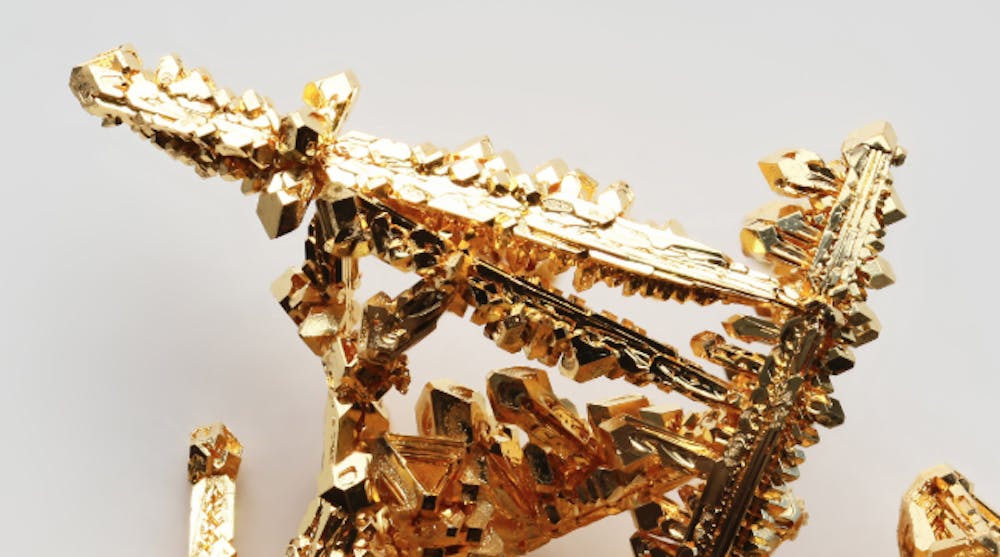A recent environmental engineering study at Duke challenged the long-held belief that gold is a biologically stable material.
Researchers at Duke’s Center for the Environmental Implications of NanoTechnology discovered that in a natural wetland environment, gold in nanoparticle form—between one and 100 nanometers in size—can be dismantled by microbes, contrary to conclusions from previous laboratory experiments.
The study was published Aug. 13 in Nature Nanotechnology.
“We were taken completely by surprise,” said Mark Wiesner, James B. Duke professor of civil and environmental engineering, in an interview with the Pratt School of Engineering. “The nanoparticles that were supposed to be the most stable turned out to be the least stable of all.”
Wiesner said this unexpected finding emerged during a joint experiment with Carnegie Mellon University and the University of Kentucky that investigated how nanoparticles used as a commercial pesticide affect wetland environments in the presence of added nutrients.
Although real-world habitats often receive doses of both pesticides and fertilizers, most studies on the environmental effects of these compounds usually study one single component at a time.
For nine months, the researchers released low doses of nitrogen, phosphorus and copper hydroxide nanoparticles into wetland mesocosms—small, manmade outdoor systems designed to examine a natural environment with experimental controls and containing different plants and microorganisms.
The researchers also added low doses of gold nanoparticles as tracers, assuming these particles were biologically inert and would remain stable in the ecosystem. They hoped to better understand how the behaviors of pesticide particles interact with the wetland environment by comparing their behaviors with those of the gold particles.
To the surprise of the researchers, many of the gold nanoparticles oxidized and dissolved. Further analysis demonstrated that a microbiome growing on a common Brazilian waterweed called Egeria densa was responsible for the dissolution.
Wiesner added the finding indicates a natural environment is more complex and dynamic than a lab setting, a valuable lesson for future studies.
“The assumption that gold is inert did not hold in these experiments,” he noted. “This is a good lesson that underscores how real, complex environments, that include for example the bacteria growing on leaves, can give very different results from experiments run in a laboratory setting that do not include these complexities.”
Get The Chronicle straight to your inbox
Sign up for our weekly newsletter. Cancel at any time.

